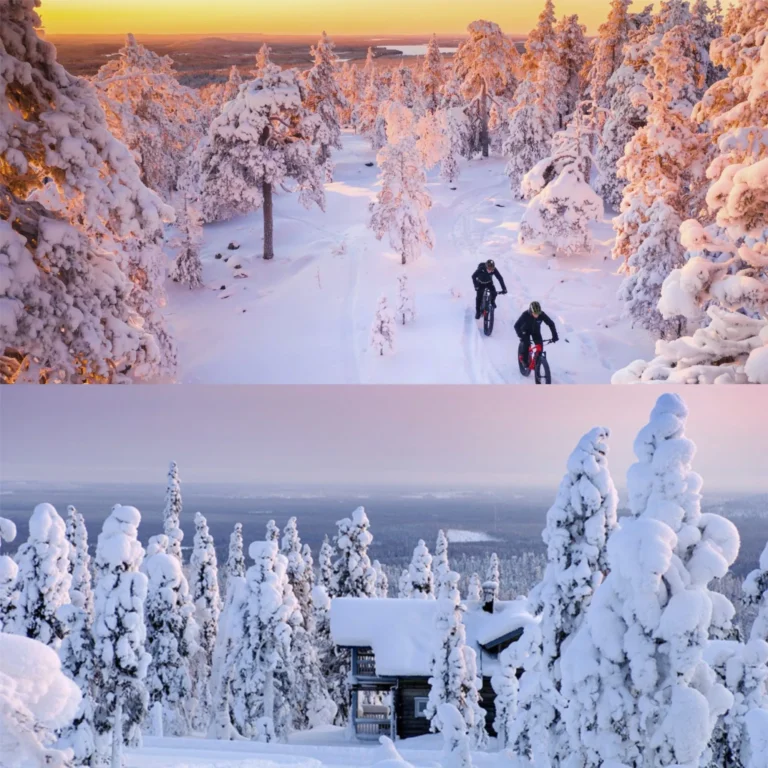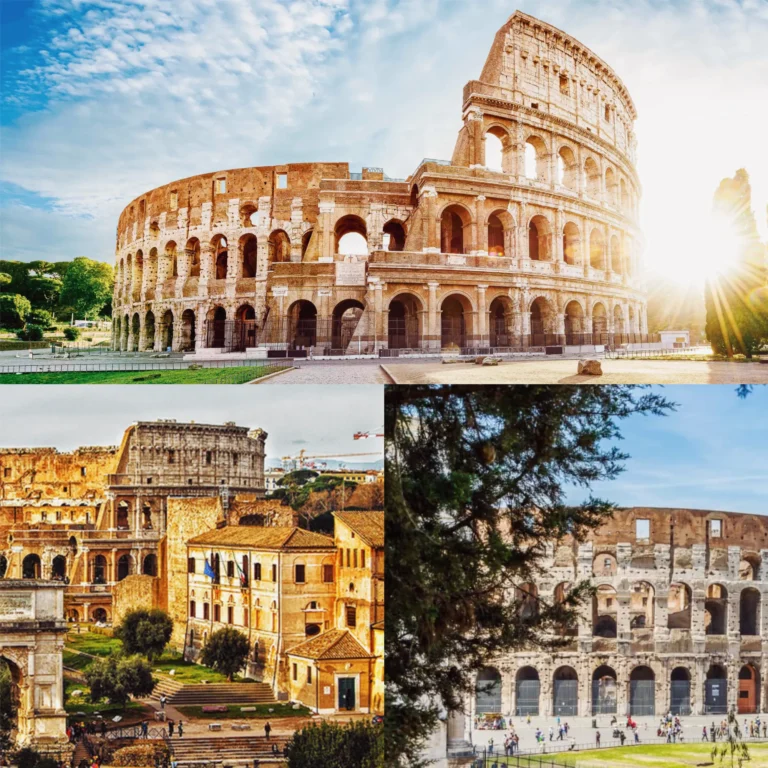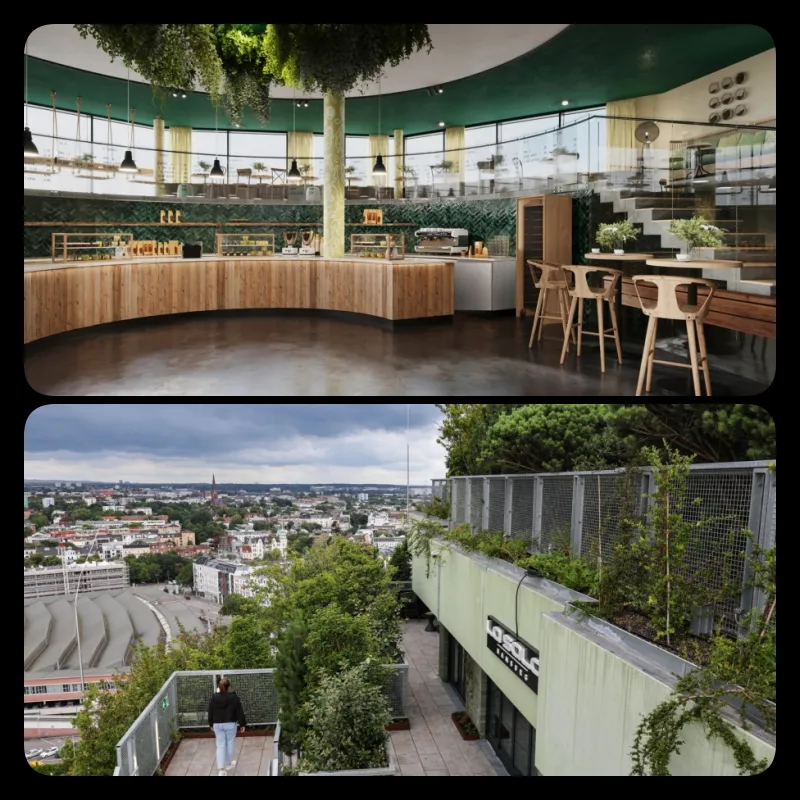
War Bunker Transformed into a Green Oasis in Germany
St. Pauli, a renowned wartime bunker in Hamburg, has been transformed into a green oasis, featuring a hotel, restaurant, and lush walkways leading to a rooftop garden. Originally constructed under Adolf Hitler’s orders in 1940 following air raids on Berlin, the St. Pauli bunker once sheltered up to 25,000 people during the war. Over the decades, the structure has been repurposed for various uses, including emergency housing and a nightclub.
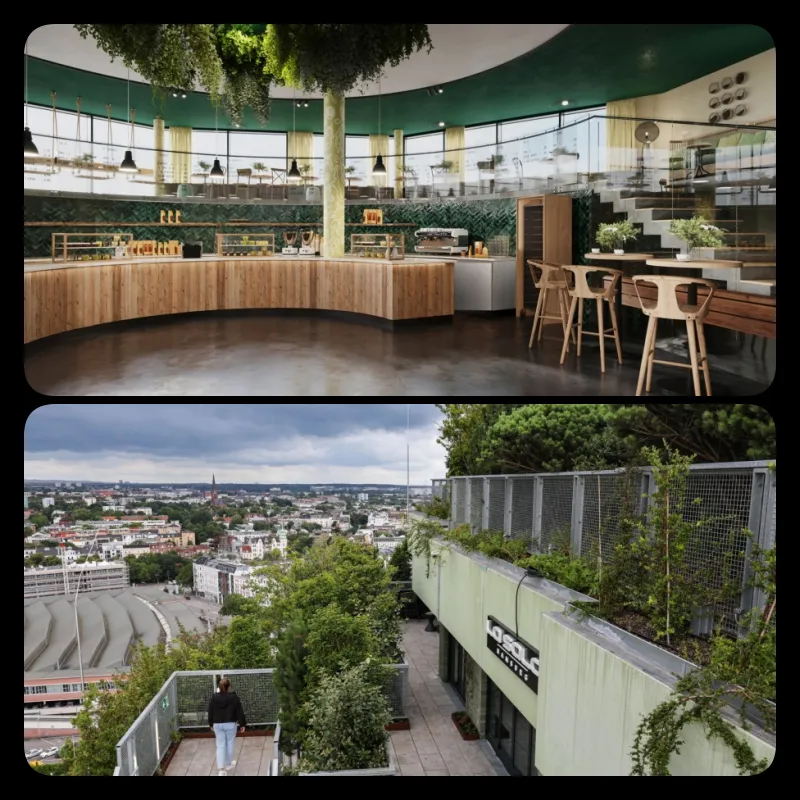
The image shows St. Pauli at the time of its completion, symbolizing Hamburg’s painful past. In early July, the St. Pauli bunker reopened with a new look, including a hotel, restaurant, café, and a rooftop park. The idea to green the building was conceived by local entrepreneur Mathias Müller Using, who drew inspiration from the High Line in New York and the Niterói Contemporary Art Museum in Rio de Janeiro. The rooftop park is home to thousands of trees and plants, creating a green oasis in the heart of the city.
One of the highlights of the project is the rooftop garden, filled with greenery and flowers, offering a serene space in the middle of the city. Here, residents and visitors can enjoy fresh air and panoramic views of Hamburg. Named Hotel Reverb and managed by Hard Rock, the 134-room hotel boasts a modern design, featuring high-tech amenities and pet-friendly accommodations. The hotel also offers shared workspaces, catering to both tourists and locals.
The rooms at Reverb by Hard Rock combine industrial style with natural elements. Weekend room rates are around 500 euros , a price considered quite high compared to Hamburg’s standards. The expanded section of the bunker also houses the La Sala restaurant, the Karo & Paul bar and restaurant, along with the Constant Grind café.
The bunker also includes spaces for creative activities, where artists and designers can work and showcase their creations. This environment fosters creativity and innovation, contributing to a vibrant arts community that attracts visitors. Inside the hotel, there are diverse dining options, from upscale restaurants to cozy cafés, offering a variety of dishes ranging from local cuisine to international fare.
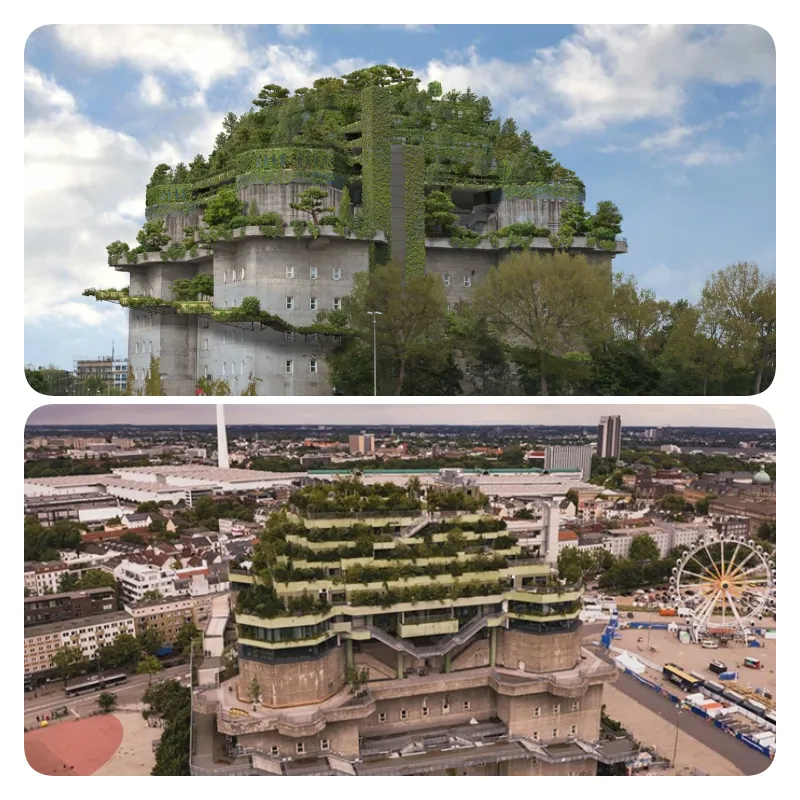
In addition to the rooftop garden, the project includes smaller gardens with a rich variety of plants both indoors and outdoors. The plants are selected and maintained by landscape designers and gardening experts, tailored to Hamburg’s unique terrain and climate.
Since 2019, over 23,000 trees, shrubs, and perennials have been planted in the area that was once the bunker. Inside the bunker, there is also a sports arena and a concert space capable of hosting up to 2,200 people. The renovation project also includes a memorial and information center to honor the history of the site.
The transformation of St. Pauli not only brings a new look to Hamburg but also contributes to sustainable development goals. Renewable energy systems, such as solar panels and rainwater management systems, have been integrated to minimize environmental impact.
Before the renovation, St. Pauli attracted thousands of visitors each year and was an essential stop for anyone visiting the city. With its perfect blend of history and modernity, the newly emerged oasis on this site stands as a symbol of revival and sustainability, inspiring many cities around the world and drawing significant tourist interest to Hamburg.
